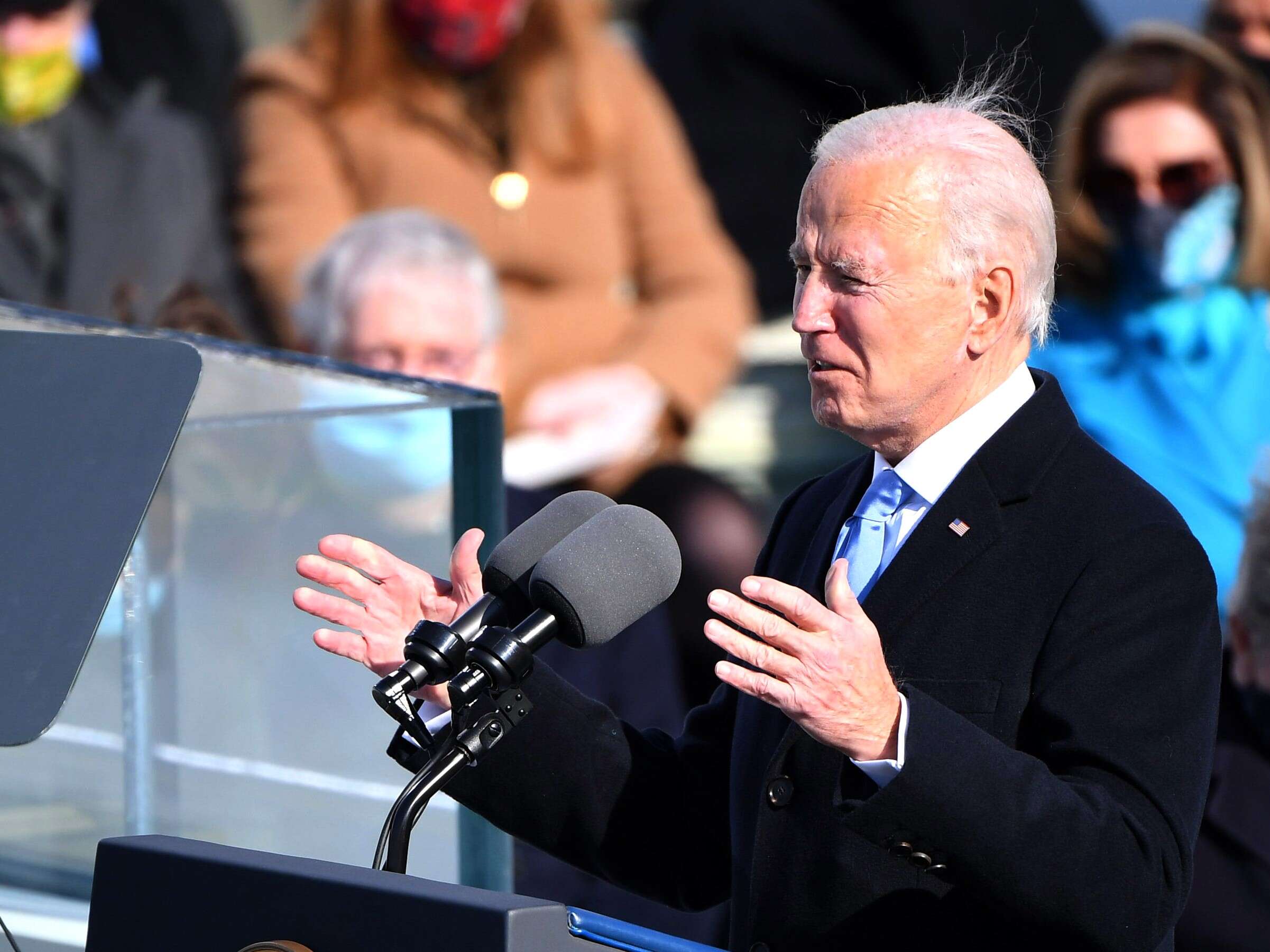
Brian Morrissey has covered the US media for more than a decade, as editor in chief of Digiday and now on is own newsletter The Rebooting. Here he looks at the future for news media in post-President Trump US as Biden is inaugurated.
On the afternoon of January 20, 2017, immediately following newly inaugurated President Donald Trump, former president George W. Bush gave a preview of what was to come with his review of Trump’s speech: “That was some weird shit.”
The end of the Trump presidency will not mark the end of the “weird shit” that has defined American society the past four years.
But it will kick off overlapping civil wars between different constituencies within American institutions, not least in the US news media.
For four-plus years, the news industry has simultaneously suffered under Trump’s assaults on its legitimacy and profited from the non-stop action of the Trump Show, which spiked cable news ratings and sold subscriptions by the millions. Here’s what will be on the agenda as the US newsrooms enter into extra time of the New Abnormal.
Newsroom wars
The generational divide inside newsrooms has spilled into the open. The tensions of the Trump era, particularly for underrepresented groups, has led newsrooms to grapple with how to dispassionately present the facts from newsgathering while avoiding presenting opinion.
For many in the newsrooms during the Trump era, this textbook approach to journalism had it all wrong. The both-sides playbook was weaponised by Trump, giving rise to what CNN’s Brian Stelter calls a “truth emergency.”
The struggle for the news industry is whether this genie returns to the bottle.
American society is riven by factions. A large group of Americans distrust the news media as a whole, choosing instead to believe fever swamp conspiracies picked up in their news feeds and through forwarded emails to news reports in The New York Times.
[Read more: Trump vs media: Four years of presidential press attacks charted]Trump and his enablers played a major role in delegitimising news organisations with their constant cries of “fake news”. But news publishers have hurt their own credibility by often being seen closing ranks with The Resistance. The internal pressures to continue this approach of activist journalism will not let up.
Subscriptions echo chambers
Since Trump became president, The New York Times has tripled its digital subscriber base. The pivot to paid at the Times has been an astonishing success after many years of bumbling in the face of the shift from analogue to digital delivery and business models.
[Read more: The 100k Club, most popular subscription news websites in the world revealed]The cost, arguably, has been a New York Times that, while never on more solid business footing, is more insular than ever.
The publication of an opinion piece by US Senator Tom Cotton that called for a military response to the racial justice protests in the summer spurred an internal revolt, eventually toppling the section editor. The question going forward is whether the NYT and other news media now reliant on subscriptions will narrow their focuses to reinforce what their customers want to hear.
Fox News clearly plays that role on the right. Subscription models have many benefits – the audience is the focus since they are the customers, not advertisers – but a tension is the business interests of publications line up with reinforcing beliefs.
BuzzFeed CEO Jonah Peretti has questioned whether a subscription model is compatible with being a “paper of record”. He has a point. Expect to see new efforts, most doomed to fail, to create non-ideological news outlets.
Opinion vs facts
Nowhere is the subscriptions tension more apparent than the opinion section. There is a good argument these sections have outlived their usefulness.
After all, Tom Cotton does not need The New York Times to get out his odious messages. And the headaches opinion pieces cause inside newsrooms – ask an exasperated Wall Street Journal reporter how many times they need to explain that the WSJ edit page is separate from the news operation – would call their usefulness into further question.
But opinion drives subscriptions. The NYT has gone on a spending spree to beef up its opinion operation, raiding Vox Media for stars like Kara Swisher and Ezra Klein. On cable news, Fox News is not emerging from the Trump morass questioning its blurring of news and entertainment in its primetime schedule. Instead, Fox is taking the 7-8pm time slot away from news and testing yet another opinion show. For all the decrying of hot takes, they tend to retail.
[Read more: Alan Rusbridger on journalism after Trump –Why facts are now more important than arguments]The creator economy
The reason opinion sections do well is they can be anchored to personalities. TV news has long understood the power of personalities. That’s why top anchors like Sean Hannity and Anderson Cooper command such outsized pay packages. Now, the star system is moving throughout the media.
The rise of Substack, where independent journalists and other experts, can charge for newsletters has blossomed into an intriguing opportunity for top stars. Those with big names (and big Twitter followings) can strike out on their own, leaving behind the hulking infrastructure of legacy media (and in the case of prickly Intercept star Glenn Greenwald, the horror of editing).
This is, to be sure, still a niche phenomenon. But real money is being made and it will do its part to reset the market and drive inequality within newsrooms as stars look for new deals that give them a cut off franchises they front.
A New York Times executive mentioned to me that it is surely not lost on The Daily host Michael Barbaro that the franchise is nearly a $30 million business on its own. Expect further strains to newsroom morale as stars cut sweetheart deals.
Email pged@pressgazette.co.uk to point out mistakes, provide story tips or send in a letter for publication on our "Letters Page" blog

